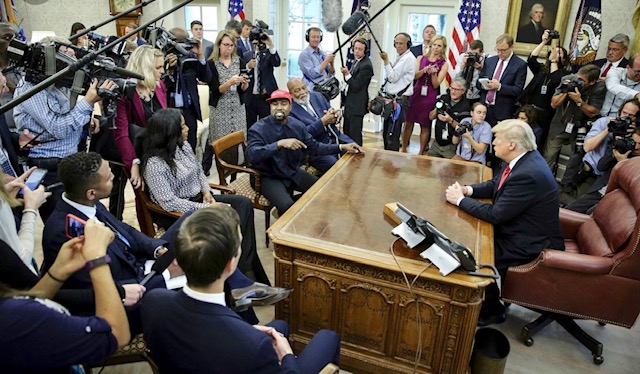
Does the First Step Act Achieve Criminal Justice Reforms Sought by Many?
securewebsite 2 Comments Uncategorized
Over the past few months conversations have been surrounding the White House about the administration working on criminal justice reform. While pastors and rap artist Kanye West received swift backlash from criminal justice advocates and others for meeting with President Donald Trump about criminal justice reform, a bill may be voted on by the Senate before the end of this year. Trump has urged Senate Majority Leader Mitch McConnell to bring the First Step Act to the floor for a vote, and other Republicans such as Senator Chuck Grassley has said that criminal justice reform should take priority over filling vacant judicial seats. So what’s in the act? On December 4, 2018, the Vox published an article outlining key portions of the bill, writing:
- “The bill would make retroactive the reforms enacted by the Fair Sentencing Act of 2010, which reduced the disparity between crack and powder cocaine sentences at the federal level. This could affect nearly 2,600 federal inmates, according to the Marshall Project.
- The bill would take several steps to ease mandatory minimum sentences under federal law. It would expand the “safety valve” that judges can use to avoid handing down mandatory minimum sentences. It would ease a “three strikes” rule so people with three or more convictions, including for drug offenses, automatically get 25 years instead of life, among other changes. It would restrict the current practice of stacking gun charges against drug offenders to add possibly decades to prison sentences. All of these changes would lead to shorter prison sentences in the future.
- The bill would increase “good time credits” that inmates can earn. Inmates who avoid a disciplinary record can currently get credits of up to 47 days per year incarcerated. The bill increases the cap to 54, allowing well-behaved inmates to cut their prison sentence by an additional week for each year they’re incarcerated. The change applies retroactively, which could allow some prisoners — as many as 4,000 — to qualify for release the day that the bill goes into effect.
- The bill would allow inmates to get “earned time credits” by participating in more vocational and rehabilitative programs. Those credits would allow them to be released early to halfway houses or home confinement. Not only could this mitigate prison overcrowding, but the hope is that the education programs will reduce the likelihood that an inmate will commit another crime once released and, as a result, reduce both crime and incarceration in the long term. (There’s research showing that education programs to reduce recidivism.)”Vox Article
Given these portions of the bill, the question is, does it go far enough to gain support from criminal justice advocates despite the administration championing it? Would a bill such as this get the ball rolling in the right direction, or are there hidden elements that ultimately make comprehensive criminal justice reform harder to achieve? Many are skeptical of President Trump’s support of the First Step Act given his rhetoric towards members of black and brown communities that are the most impacted by the broken criminal justice system. Regardless of whether the First Step Act passes or not, criminal justice advocates understand that there is still tremendous work to be done before justice and fairness is offered to everyone coming through the system.